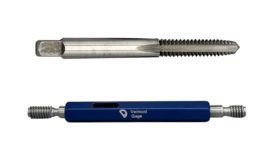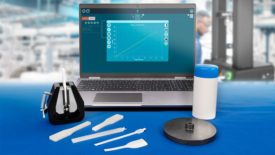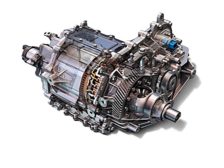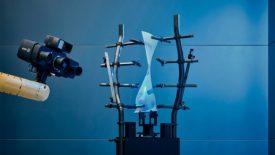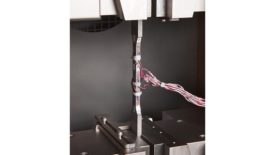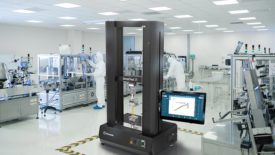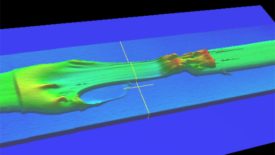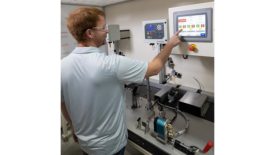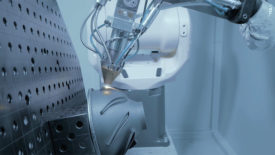Test & Inspection
Test & Inspection
It is not always as simple as it sounds.
Read More
Test & Inspection
What Product Quality Testing is Made of
Quality materials are the route to quality products.
October 19, 2023
Test & Inspection
e-Powertrain Electric Motor Gear Train Simulated Testing with the Digital Twin
By replacing the initial tests with digital twin simulations, results can be obtained quickly, and at a much lower cost.
September 18, 2023
Test & Inspection
In-situ Monitoring for Additive Manufacturing: Opportunities and Challenges
As parts become more complex and are used in more critical applications, the need for in-situ monitoring grows.
September 18, 2023
Test & Inspection
Advanced 3D Scanning Digitalization Technologies for NDT of Industrial Gas Turbine Components
Advanced 3D metrology software capabilities offer reliable and more efficient solutions to the limitations of conventional nondestructive methods.
August 23, 2023
Test & Inspection
Important Considerations for Tensile Testing Equipment in Aerospace Applications
The most powerful tool a company has is the ability to follow a component failure back to the batch of material it was made from.
August 3, 2023
Tensile Testing: A Gripping Story
Tensile testing is varied in purpose and industry specific. The manner of holding the test specimen and applying the axis of tensile force is what makes the application unique and enables quality assurance at almost any point in any product's lifecycle.
July 28, 2023
EV Battery Manufacturing: Steps to Assure Joining Quality and Eliminate Harmful Leaks
The importance of reliability in EV batteries is paramount to the overall vehicle performance.
July 13, 2023
Leak Testing
The Rise of Differential Pressure (DP) Decay Leak Testing in North America
What is DP and how are manufacturers using this test method to achieve better resolution and quicker cycle times?
July 6, 2023
Get our new eMagazine delivered to your inbox every month.
Stay in the know with Quality’s comprehensive coverage of the manufacturing and metrology industries.
SIGN UP TODAY!Copyright ©2024. All Rights Reserved BNP Media.
Design, CMS, Hosting & Web Development :: ePublishing
